Zyclastin 4mg Injection
$65.00 – $550.00Price range: $65.00 through $550.00
| Pack Size | Price | Price / Unit | Quantity | |
|---|---|---|---|---|
| 1 Injection | $65.00 | $65.00/ unit | ||
| 5 Injections | $300.00 | $60.00/ unit | ||
| 10 Injections | $550.00 | $55.00/ unit |
Want to order in bulk / B2B price ? | Send Inquiry |


| SKU | 11092 |
| Manufacturer | Zydus Healthcare Limited |
| Categories | Menopause |
| Delivery Time | 10 - 14 Working Days |
| Strength | 4mg |
Introduction to Zyclastin 4mg Injection
Zyclastin 4mg Injection is used to treat or prevent weakening of the bones (osteoporosis) caused by menopause or use of steroids. Using this medicine can reduce your risk of breaking bones. It is also used to treat high levels of calcium in people who have cancer.
Zyclastin 4mg Injection is given by a doctor or nurse. How much you are given, and how often, will be decided by your doctor. It may just be a single injection or you may need regular injections depending upon your underlying condition. Your doctor will ask you to drink plenty of water before the injection, to avoid getting dehydrated. It may take several days to get the full benefit of this drug. Zyclastin 4mg Injection is only part of a treatment program that may also include changes to your diet and taking calcium and vitamin supplements.
You should not be given this medicine if you are pregnant or breastfeeding. Before taking it, tell your doctor if you have kidney problems or low calcium levels. Also, let your doctor know what other medicines you are taking. Some of them may affect, or be affected by, this injection, especially medicines used to treat severe infections and medicines used to treat cancer and osteoporosis. You may need frequent medical tests to check your kidney function and calcium levels. Avoid smoking as it can reduce your bone mineral density, making fractures more likely. Drinking large amounts of alcohol can also cause bone loss and should be avoided.
Uses of Zyclastin 4mg
Zyclastin 4mg is a medication that contains zolendronic acid, a bisphosphonate used primarily for the treatment and prevention of certain bone-related conditions. Some of the key uses of Zyclastin 4mg include:
- Osteoporosis
- Hypercalcemia
- Prevent bone complications such as fractures and bone metastases
- Helps to reduce the amount of calcium in the blood
How Does Zyclastin 4mg Injection Tablet Works?
Zyclastin 4 mg Injection contains zoledronic acid, a bisphosphonate that works by inhibiting the activity of osteoclasts, the cells responsible for breaking down bone tissue. This action helps to maintain bone density and reduces the risk of fractures, making it useful in treating conditions like osteoporosis and Paget’s disease of bone.
By binding to bone tissue, Zyclastin also helps to prevent bone loss and the release of calcium from the bones into the bloodstream, which can be beneficial in conditions like hypercalcemia of malignancy. This reduces the risk of complications such as fractures and bone pain, improving overall bone health.
Side Effects of Zyclastin 4mg
Common Side Effects
- High or low blood pressure, chest pain
- Fever
- Headache
- Nausea
- Fatigue
- Low calcium levels
- Dizziness
- Abdominal pain
Serious Side Effects
- Osteonecrosis of the jaw (ONJ)
- Kidney problems
- Severe allergic reactions
- Atypical femur fractures
- Severe bone, muscle, or joint pain
- Heart problems
How To Manage Side Effects?
- Consult a Healthcare Professional
- Follow Dosage Instructions
- Communicate
- Stay Hydrated
- Take with Food
- Avoid Alcohol and Certain Foods
- Over-the-Counter Remedies
- Monitor and Report
- Consider Alternatives
- Allergies and Serious Reactions
Warnings & Precautions
1. Kidney Function:
- Zyclastin can affect kidney function. Kidney tests (such as serum creatinine) should be performed before starting treatment and periodically thereafter. People with pre-existing kidney issues, or those who experience sudden changes in kidney function, may not be suitable candidates for treatment.
2. Dental Health (Osteonecrosis of the Jaw):
- There is a risk of osteonecrosis of the jaw (ONJ), a serious condition where the jawbone breaks down, particularly in people receiving cancer treatments or those undergoing dental procedures. A dental examination is recommended before starting therapy, and invasive dental work should be avoided during treatment.
3. Pregnancy and Breastfeeding:
- Zyclastin should not be used during pregnancy, as it may harm the unborn baby. It is also not recommended during breastfeeding, as the effects on infants are unknown. Women of childbearing age should use effective contraception while receiving treatment.
4. Atypical Femur Fractures:
- Long-term use of bisphosphonates like Zyclastin can increase the risk of atypical femur fractures (unusual fractures of the thigh bone). Patients should report any new or unusual thigh, hip, or groin pain to their healthcare provider.
5. Gastrointestinal Problems:
- Zoledronic acid may cause irritation or ulceration of the esophagus and stomach, particularly in patients with pre-existing gastrointestinal issues. It is advised to avoid lying down immediately after the injection and to drink plenty of fluids before and after the infusion.
6. Heart and Blood Clot Risks:
- Zyclastin may increase the risk of blood clots (thromboembolic events) or heart issues in some individuals. Patients with a history of heart disease, irregular heart rhythms, or blood clotting disorders should be closely monitored during treatment.
7. Hydration and Infusion Protocol:
- It is important to stay well-hydrated before receiving the Zyclastin infusion, as dehydration may worsen the risk of kidney damage. Patients should be monitored for any signs of dehydration or kidney-related issues, especially in those with pre-existing kidney disease.
Frequently Asked Questions
1. How long should I take Zyclastin 4mg injection?
Ans. Zyclastin 4mg injection should be taken in the dose and duration advised by your doctor. The medicine takes around 6 month to show its maximum benefits on bones. However, in some cases, the doctor may suggest zyclastin 4mg injection for a longer duration. The exact duration will depend on the condition you are being treated for.
2. How is Zyclastin 4mg injection administered?
Ans. Zyclastin 4mg injection should be administered by a trained healthcare professional or a doctor only and should not be self-administered. The dose will depend on the condition you are being treated for and will be decided by your doctor. Follow your doctor’s instructions carefully to get maximum benefit from Zyclastin 4mg injection.
3. Can Zyclastin cause constipation?
Ans. Yes, Zyclastin may cause constipation in some individuals. To manage this effect, try to eat more high-fiber foods such as fresh fruit, vegetables, cereals and drink plenty of water. If this does not help, inform your doctor for receiving alternate treatment for constipation.
4. Is Zyclastin safe to use in pregnant or breast-feeding women?
Ans. Zyclastin is not recommended for use in pregnant and breast-feeding women. Consult your doctor before receiving Zyclastin if you are pregnant or planning to pregnant or breast-feeding.
| Pack Size | 1 Injection, 10 Injections, 5 Injections |
|---|---|
| Price/Unit | $55/unit, $60/unit, $65/unit |
Be the first to review “Zyclastin 4mg Injection” Cancel reply
Related Products
Menopause
Menopause
Menopause
Menopause
Menopause

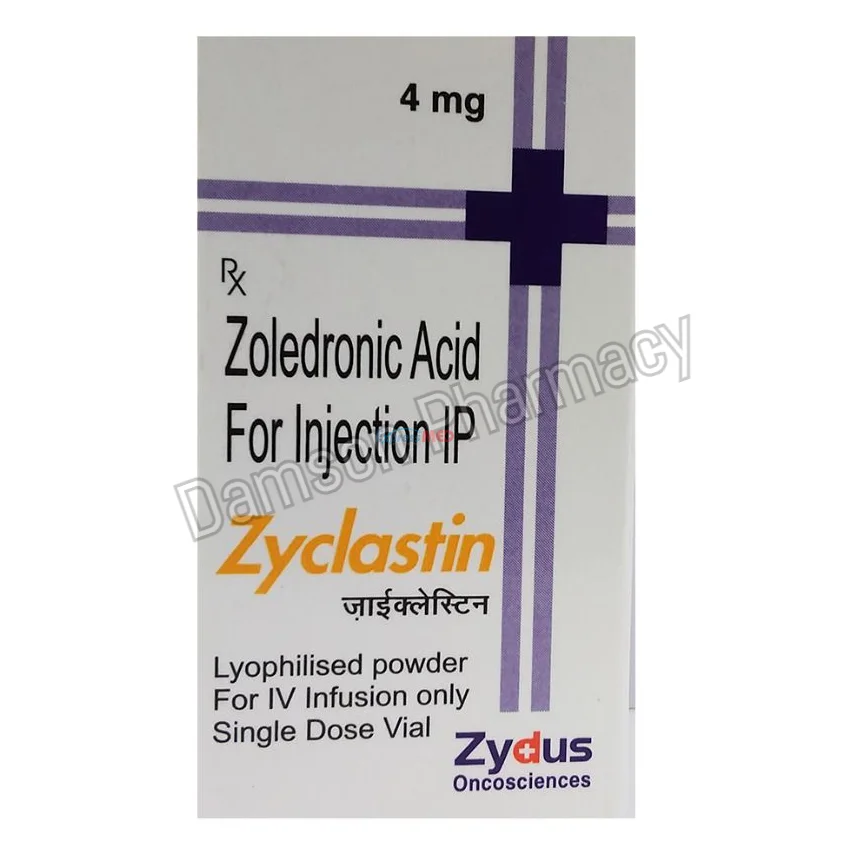
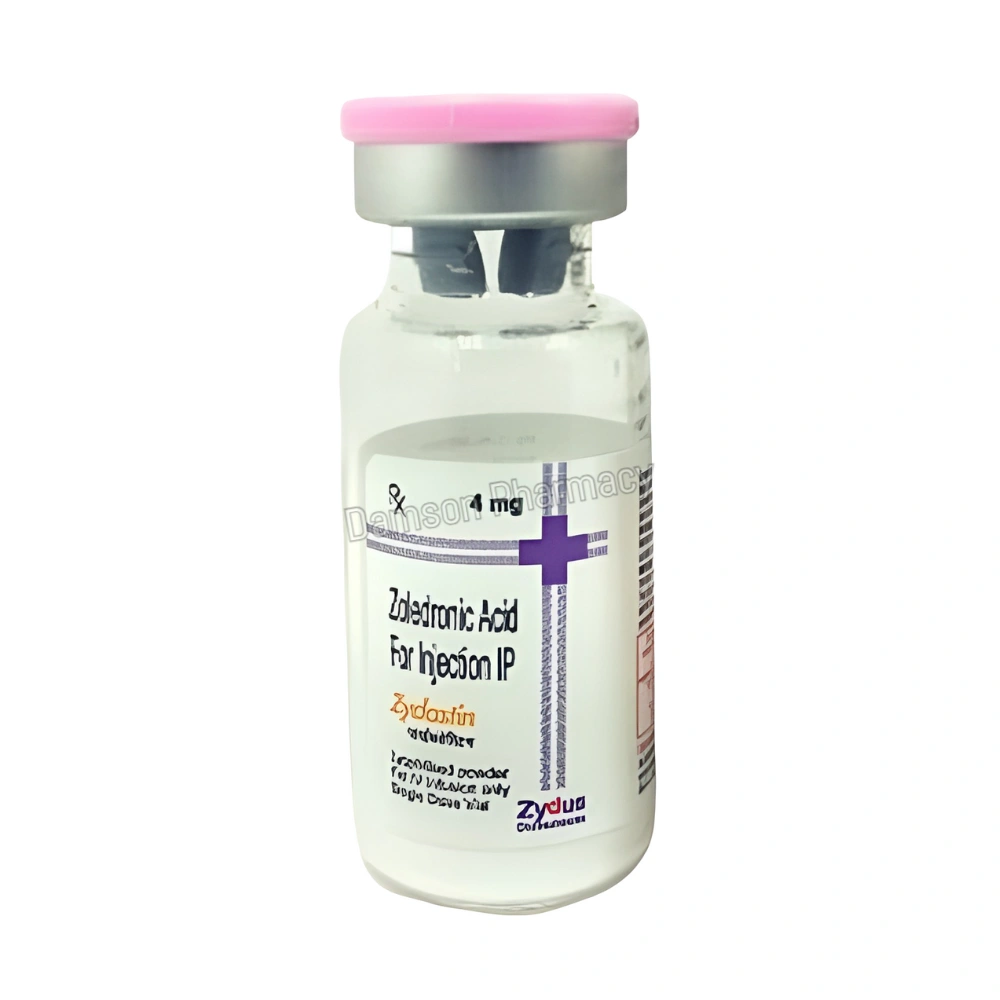
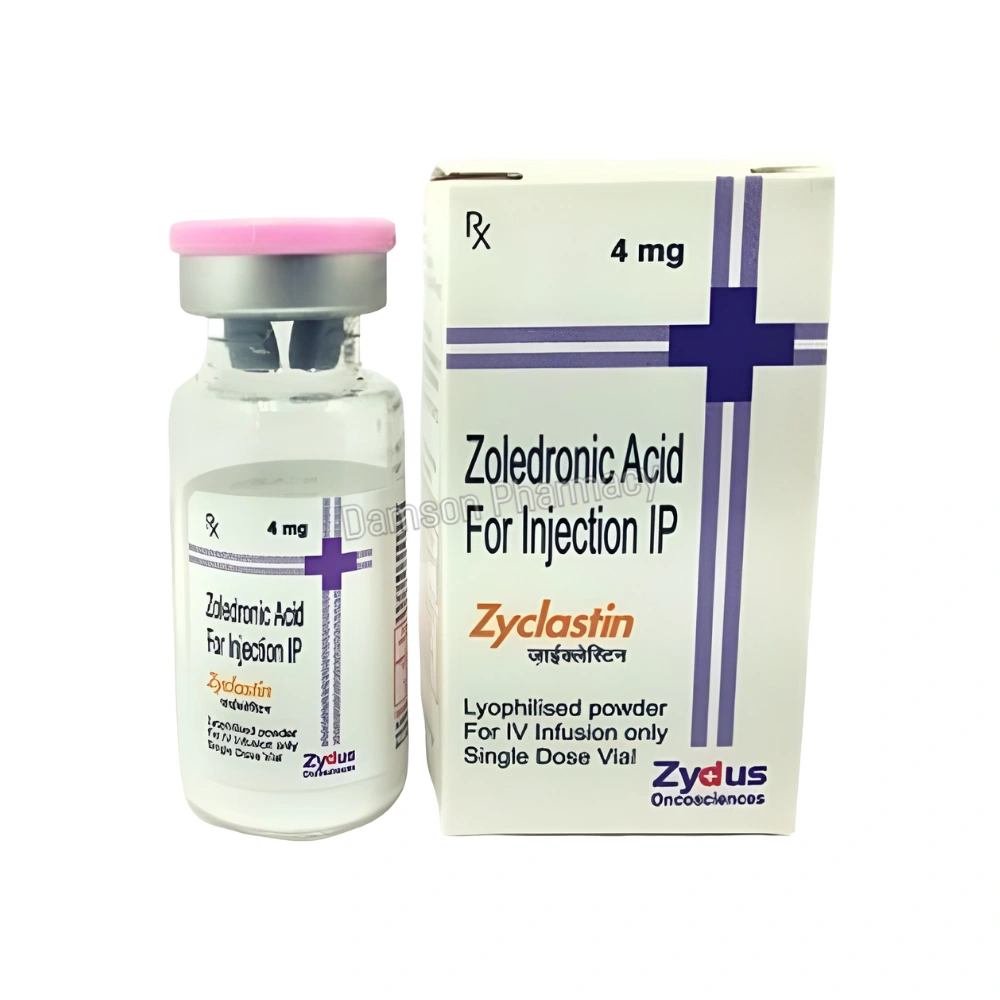


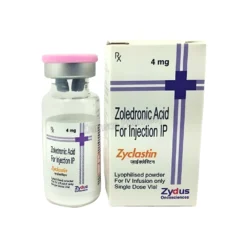

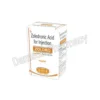

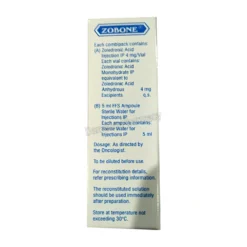

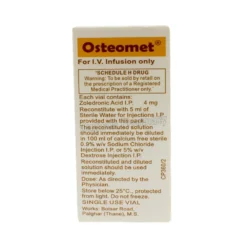


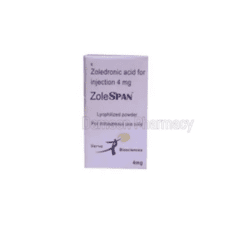
Reviews
There are no reviews yet.